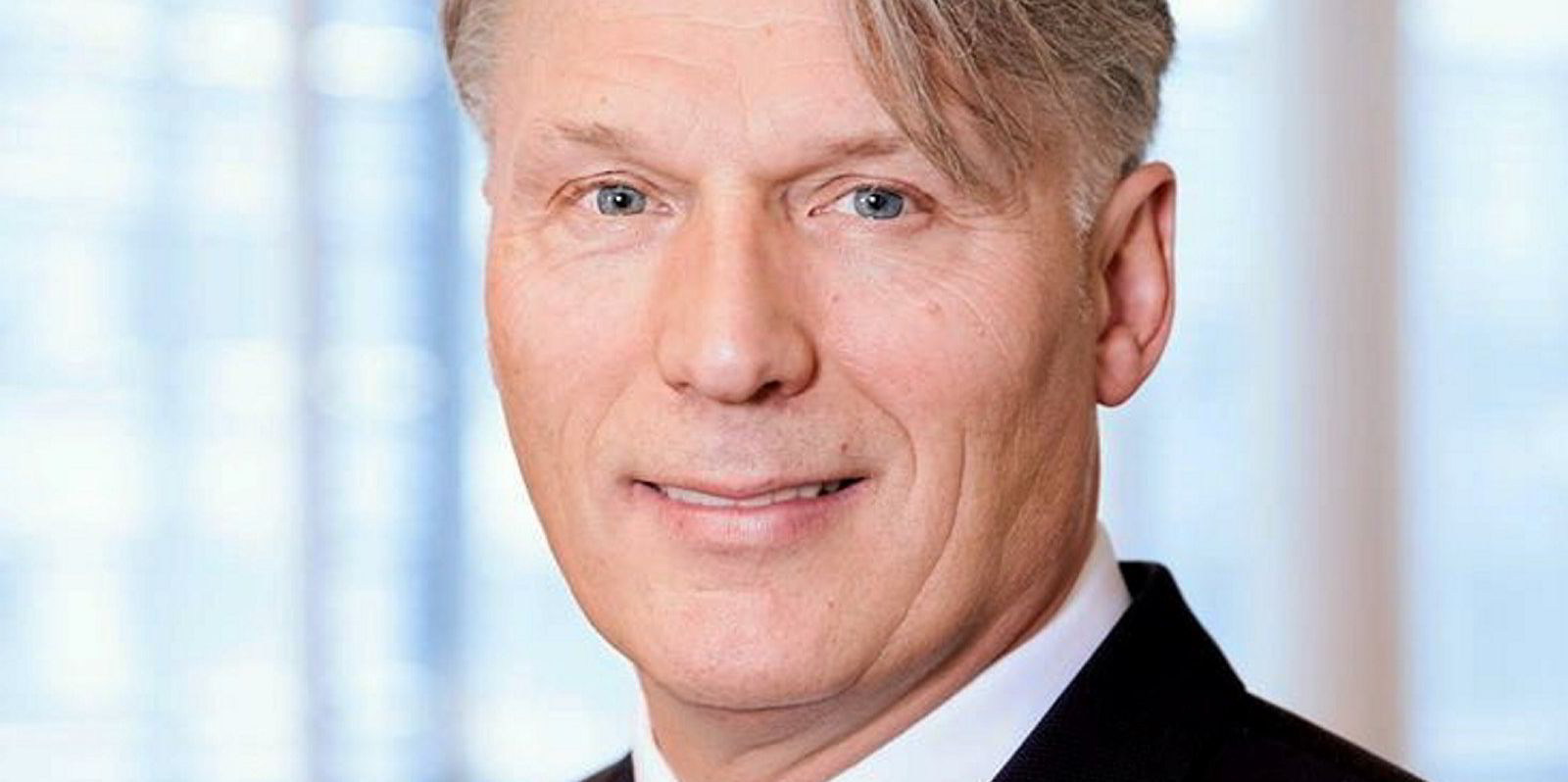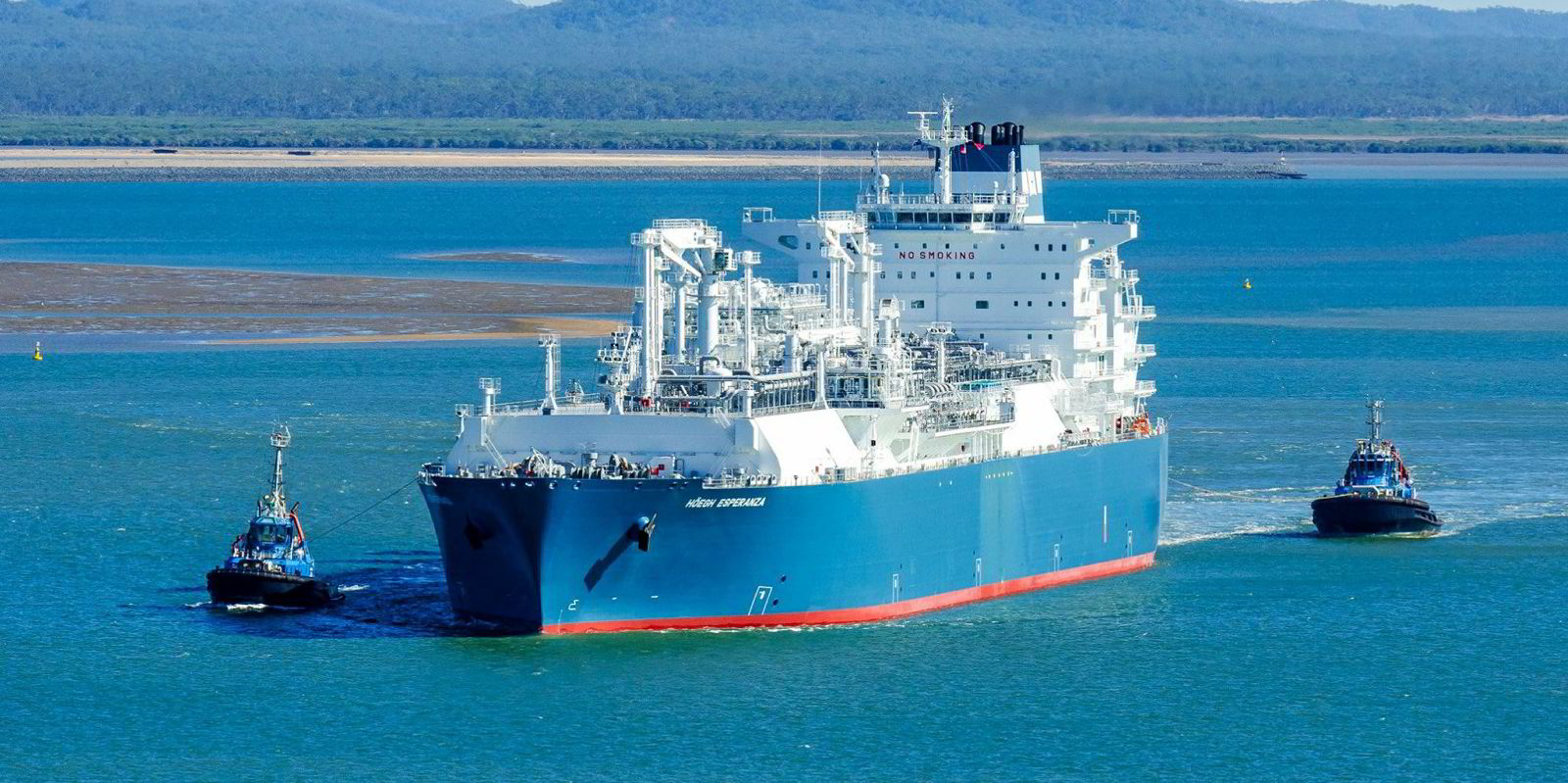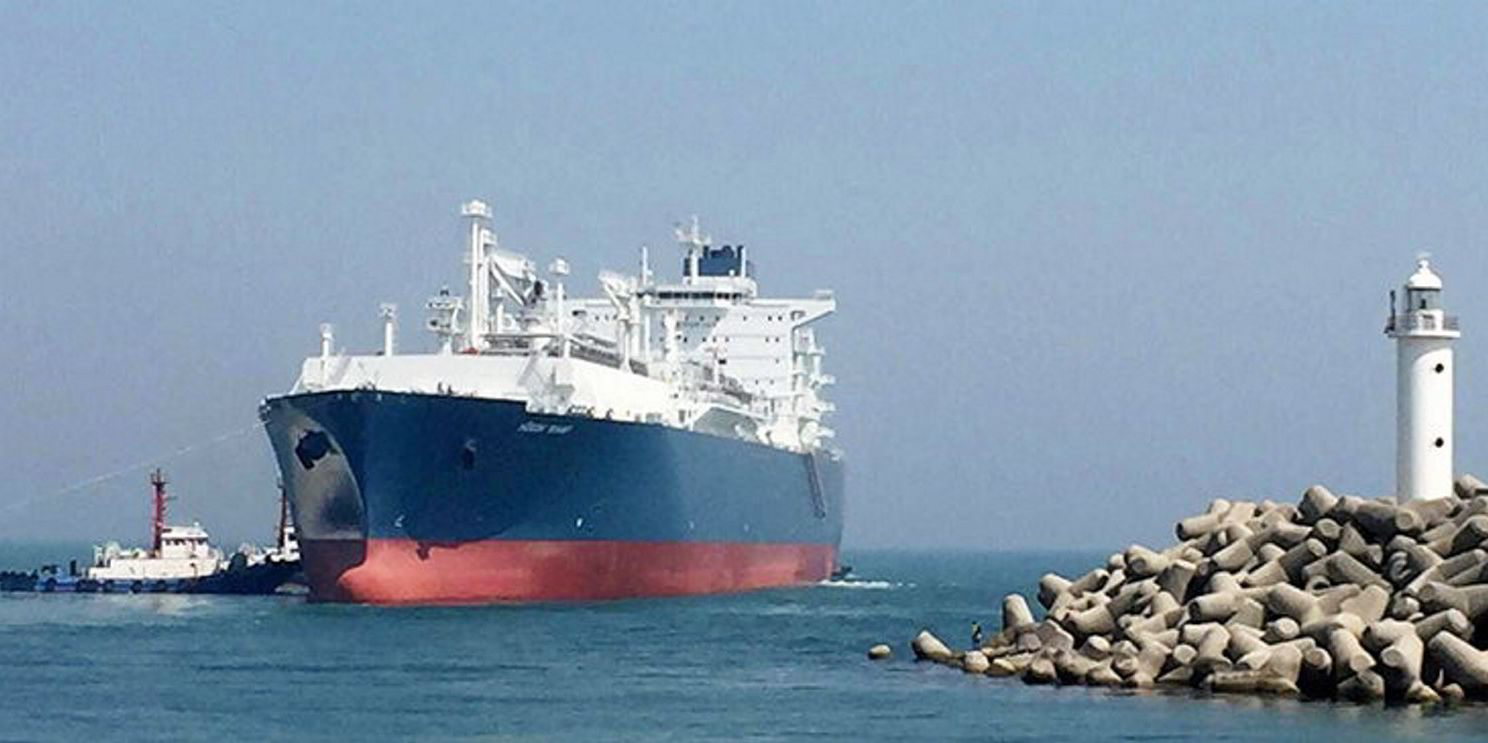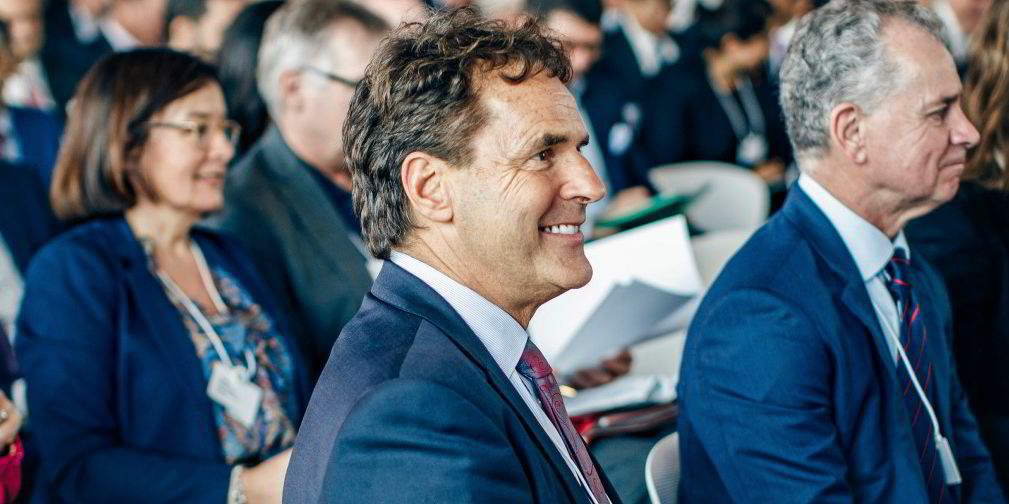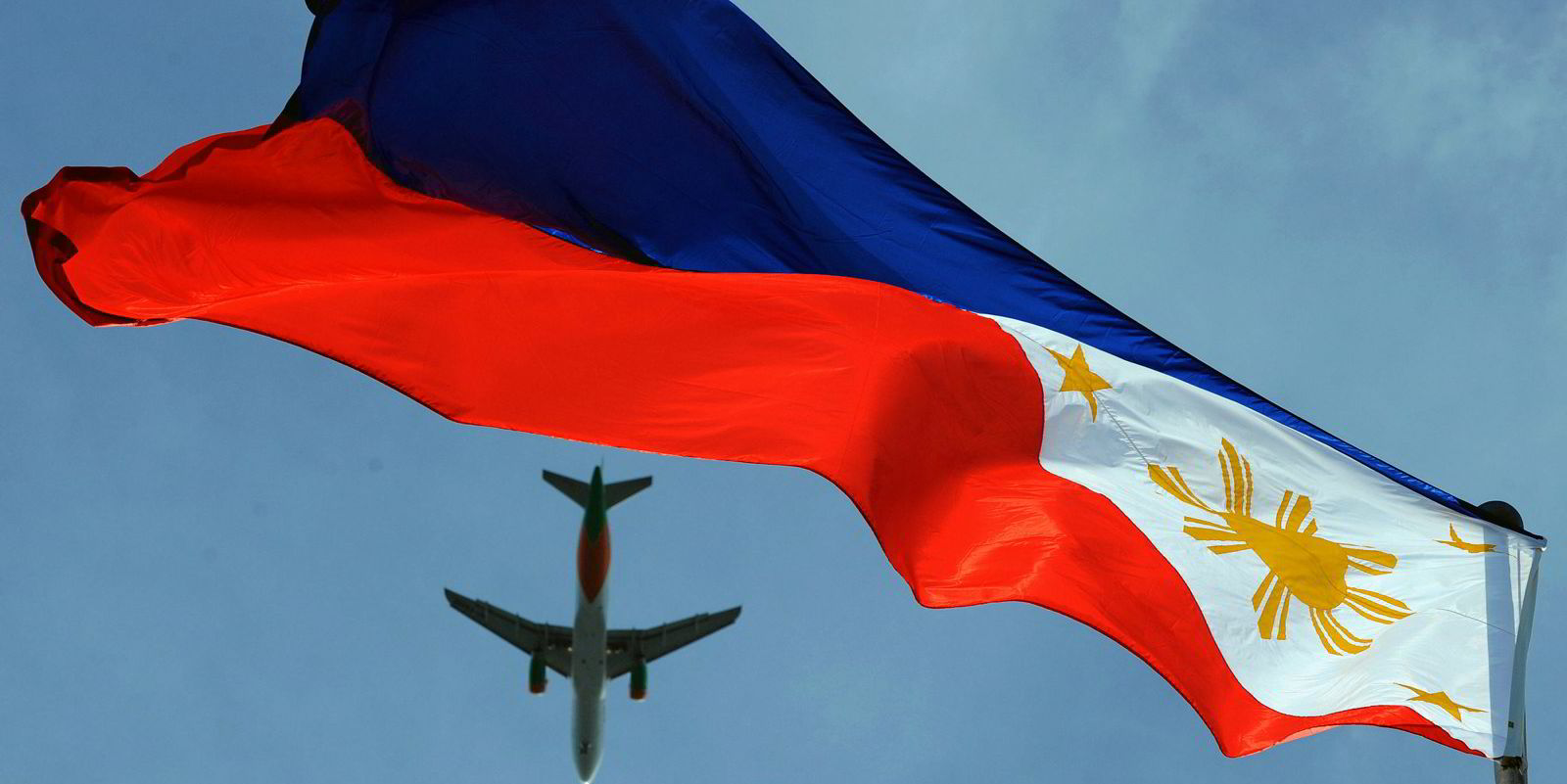Norway’s Hoegh LNG is aiming to put a first net zero-carbon floating storage and regasification unit into operation by 2030.
In its fourth-quarter results briefing, president and chief executive Sveinung Stohle said the company has also set a goal for its fleet to be carbon-neutral by 2050.
Hoegh presented its new vision to actively contribute to the carbon-free energy future and defined its environmental, social and governance framework under which it has selected six of the United Nations' sustainable development goals relevant to its business.
“Our ambition is to become a leading provider of clean energy infrastructure,” Stohle said.
Clean energy projects
Hoegh has set up a Clean Energy business arm focused on developing infrastructure solutions for the transport, storage and distribution of green hydrogen and ammonia, along with floating carbon capture and storage.
Stohle said the company has developed a design for a green hydrogen carrier with composite tanks and is looking at projects for it.
It is also examining a value chain for floating carbon capture and storage in northern Europe.
“We are actively pursuing these solutions and ... we are very much focused on using our existing assets and integrating that into the development of carbon-free energy carriers,” Stohle said.
Ammonia and hydrogen
Hoegh is considering a design in which ammonia stored on its existing FSRUs would be cracked into hydrogen. This hydrogen would then be injected into the regasified LNG stream and supplied to the market, cutting CO2 emissions in the gas supplied.
Stohle said this is already being done with pipeline gas in Europe and Australia.
The company is looking to confirm this solution with existing and new customers and is in the process of getting approval to put ammonia into its vessels’ tanks — something he thinks could be done relatively quickly.
“We believe this will be an integral part of our business going forward,” he added. “We intend to become a major player in this market.”
FSRU target
Hoegh is due to fire up its 170,000-cbm FSRU Hoegh Giant (built 2017) at the end of March as the import facility at H-Energy’s Jaigarh terminal on India’s west coast
Stohle described India as a high-growth market with clear potential for additional FSRUs.
He said Hoegh is focused on securing business for its two uncommitted FSRUs, the 170,000-cbm Hoegh Gannet (built 2018) and Hoegh Gallant (built 2014), from its fleet of 12 regasification units.
He said the company is in contention for at least seven projects for them.
“We feel pretty good about concluding new contracts and having [the] whole FSRU fleet on long-term contracts by next year,” he added.
Hoegh reported a net profit for the year of $150,000, down from $8m in 2019.
Total income for 2020 was down marginally at $335m from $336m.
Hoegh said its cost-saving plan for 2020 sliced $10m off expenses. Operating expenses were also down $1.5m. The top management team has been cut from nine to six.
This year, it aims to slash expenses by around 10% on 2020’s figures.
